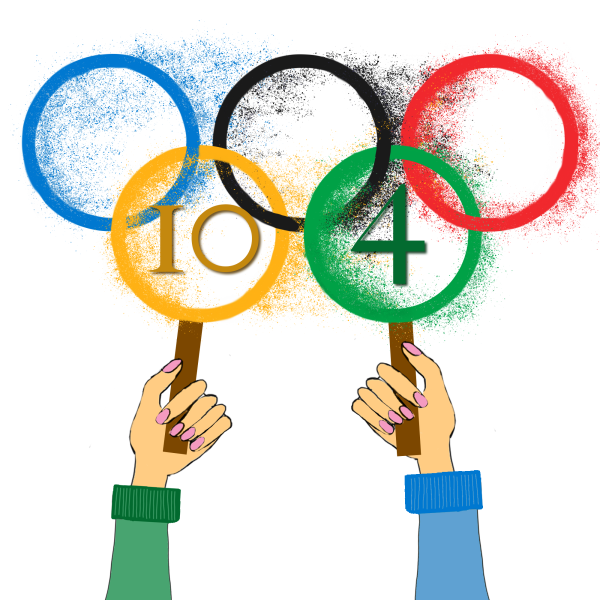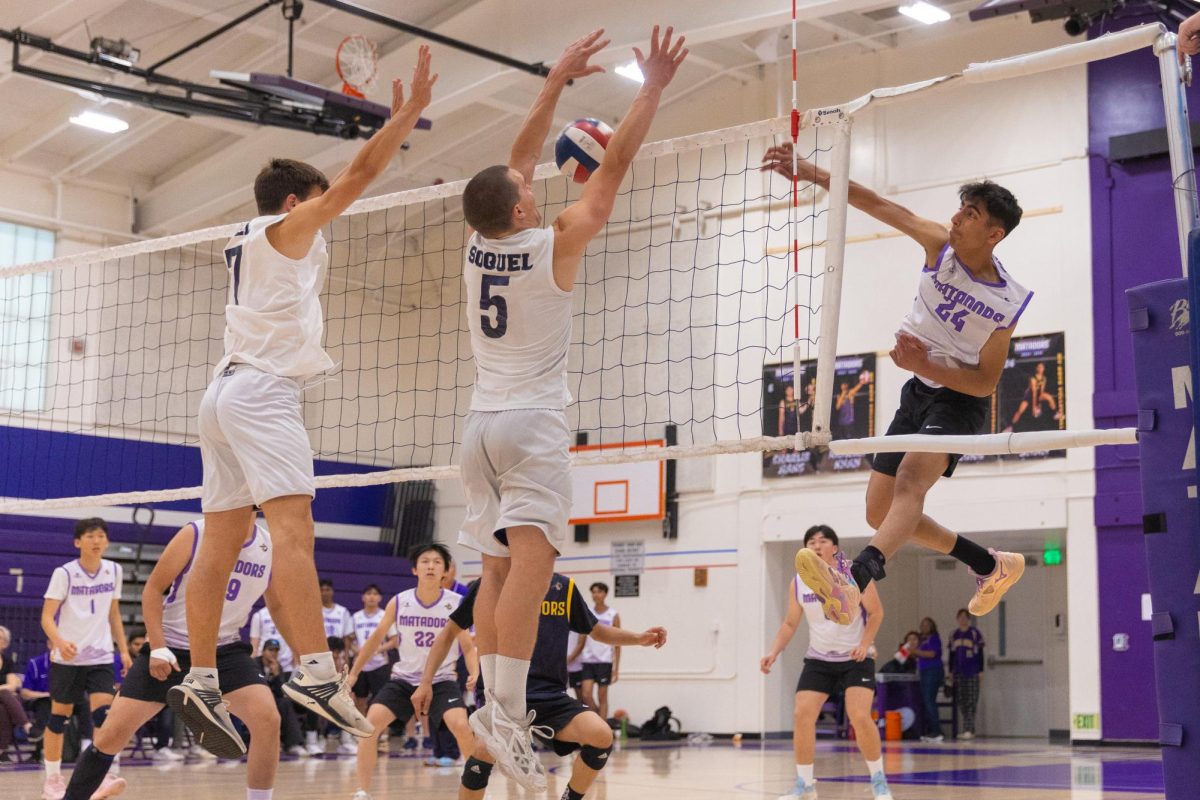Since Aug. 5, 2024, Team USA Gymnast Jordan Chiles has been involved in a legal battle to claim the bronze medal in the artistic gymnastics womens’ floor exercise at the Olympics. Chiles received a 0.1 increase to her initial score of 13.666 after her coach filed an appeal, moving her from fifth place to third place. However, the Court of Arbitration for Sport, which is based in Lausanne, Switzerland, claimed the appeal came after the 60-second time limit to file an appeal and reverted Chiles’ score, stripping her of her bronze medal. USA Gymnastics submitted a letter and video evidence that Chiles’ appeal occurred within the 60-second time limit, but CAS said they would not reconsider. Most recently on Sept. 16, Chiles and her lawyers filed an appeal with the Federal Supreme Court of Switzerland, asking the court to order CAS to re-evaluate the case.
Here is the video of Jordan Chiles’ inquiry with audio ⬇️
Cecile Landi appears to inquire within the 1 minute time limit, according to the time stamps, but the person receiving the inquiry seems to have trouble hearing it initially. pic.twitter.com/UfKI7tPBld
— Gymnastics Now (@Gymnastics_Now) September 17, 2024
Head Dance Coach Joy Lee, who has followed this controversy, believes the group of judges mishandled the situation and a high-profile competition like the Olympics should have a more refined scoring process. However, she acknowledges that it may be hard to accurately judge such minute details in athletes’ performances.
“It is difficult because they both had such hairline differences,” Lee said. “I think both of those competitors were absolutely amazing, and it is difficult because gymnastics is really subjective depending on the judge. That can make it a bit messy at times.”
As seen with gymnastics, scoring guidelines within various sports regarding creative expression can often be intentionally vague because there is no specific method of measuring a competitor’s creativity. Lee explains that this vagueness can leave room for an individual judge’s perspective to influence her team’s final score.
“It is a bit different for dance, compared to something like track and field, where there are specific measurements to how the accomplishments line up,” Lee said. “Something that we have to tell our team constantly is that your judges are not the same every single time, and they’re gonna have varying opinions. So dance is really interesting because it’s an athletic sport, but it’s also an artistic sport, so it’s all really up for interpretation.”
In gymnastics, there is an additional portion of the rubric where judges give points for the difficulty of tricks or skills that the athletes do, similar to the scoring system currently used in artistic swimming. Sophomore Jenna Ong, who has participated in artistic swimming for five years, highlights that the rules of artistic swimming are ever-evolving, especially with new changes made every four years.
“Before the rules changed, you had more creative freedom,” Ong said. “If the music was more flowy, you could tailor your routine to that. But then now, no matter what you do, it’s all based on the points. So when the coaches are creating the routine, they don’t have any creativity either.”

Graphic by Anika Bhandarkar
According to Ong, the current set of scoring guidelines now emphasizes creativity less and focus more on scoring technical aspects such as lifts, which can result in judges deducting points for a certain skill even when athletes believe they have performed it correctly. In Chiles’ case, her score was changed after judges decided that she should have received full credit on a 540-degree turn after initially deducting difficulty points because they believed she did not complete the full turn. Lee notes that similar discrepancies can occur in dance, when judges may take points off for intentionally-made moves.
“If there’s a roll-off on the team, which is when the dancers do all the same movements, but at different times, that can look a little bit messy,” Lee said. “So a judge might take points off for that when in fact, it was deliberate. So it’s really about drilling the dancers and making sure that it looks deliberate and not like an accident.”
Lee says another challenge the dance team faces is when judges have differing opinions about the team’s performance — sometimes, different judges in the same competition can give the team conflicting feedback. When this happens, Lee works with the captains on the dance team to decide which judge’s feedback to implement. However, sophomore and dance team member Kara Wong, who has danced since she was 3 years old, explains that sometimes the best course of action is to not respond to the judges’ criticism at all.
“Sometimes it’s just easier to ignore it rather than to struggle to get to that point,” Wong said. “Because sometimes, the judge could make a comment on something that we’ve been working on for the whole season. And if we were to take it out, then it’s not worth it. So sometimes, whatever the judge says might just not fit our image of how we want the dance to be presented.”
Discrepancies between how dancers and judges interpret the routine can lead to unexpected criticism during competitions. Lee notes that choreographing a routine is “a tricky line to toe, because you don’t really know what their opinion is until you get out there.”
Although judges’ opinions can differ dramatically between competitions, Wong says that experienced studios are often able to gauge how well routines will do at competitions and change up aspects of their choreography accordingly. However, Ong recalls moments where she believes her performance was judged with bias due to the club she participates with, as those with more prestige are often held to a slightly lower standard than other competitors because of their already-established reputation of excellence. Wong echoes Ong’s experience, citing similar experiences with bias when she competed with her Chinese cultural dance team.
“There’s many times where judging is sometimes based on the person themselves,” Wong said. “It could be related to what studio you come from, or where you train at, or also based on looks and presence. Because I guess they have an image that they have in their head of who they want to be first place. And so if you’re not good in these main aspects, they’ll judge you more biased.”












